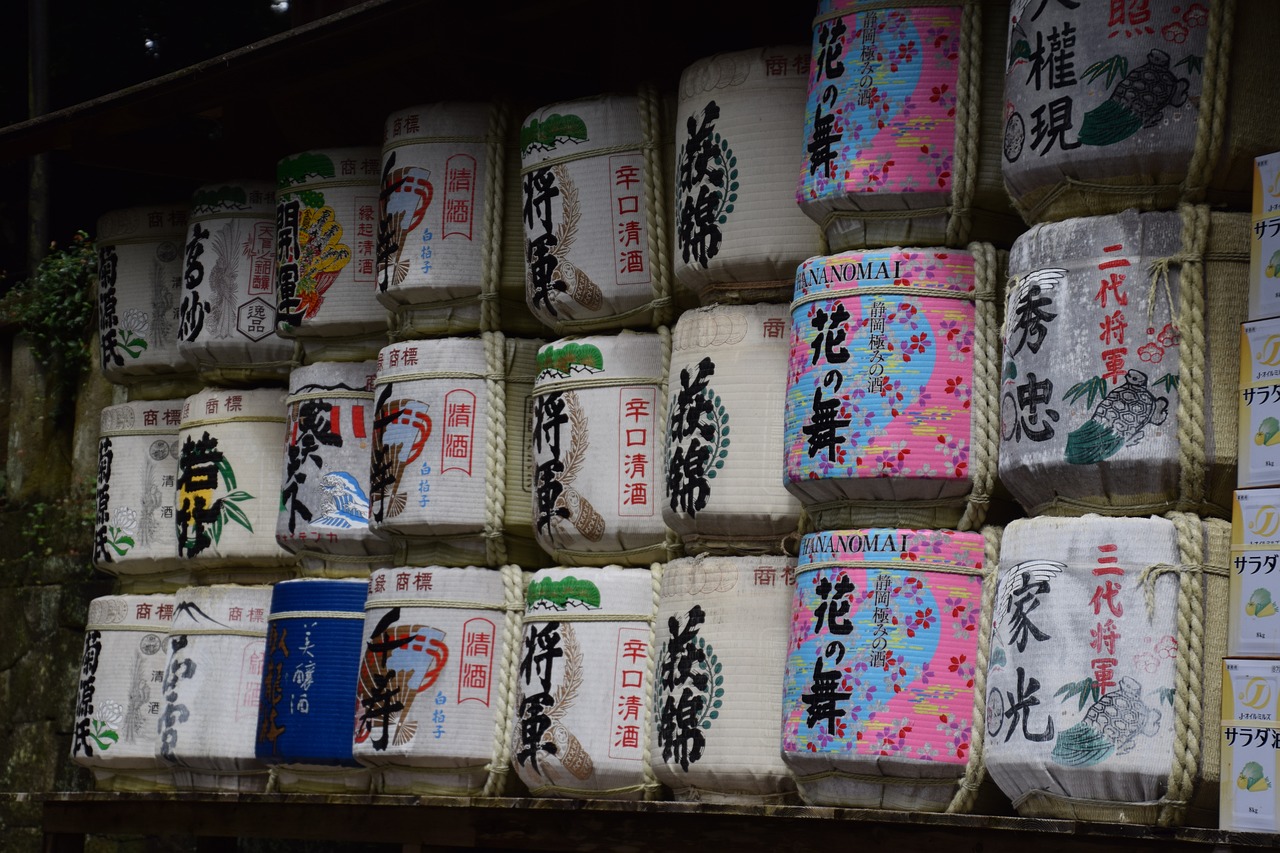
Vocabulary:
I will read the words, meanings, and sample sentences. Then, repeat after me.
- tank /tangk/
- modified /MO-duh-fide/
- machinery /muh-SHEE-nuh-ree/
- ergonomic /ur-guh-NOM-ik/
- disruption /dis-RUHP-shuhn/
[noun] – a large container for storing liquid or gas
The firefighter filled the water tank before heading out to the wildfire.
[adjective] – changed or altered, usually to improve something or make it more suitable
The engineer presented the modified design of the bridge to the committee.
[noun] – machines collectively or the components of a machine
The factory’s new machinery increased production efficiency significantly.
[adjective] – designed for efficiency and comfort in the working environment
The ergonomic chair helped reduce back pain for the office workers.
[noun] – disturbances or problems that interrupt an event, activity, or process
The power outage caused major disruptions to the city’s public transportation system.
Article reading:
Please read the whole article. Then, I will check your pronunciation and intonation.
In a small second-story space in Tokyo, the gentle sound of a flute accompanies the fermentation of sake. The 670-liter tank, containing rice and water, takes over two weeks to transform into Japan’s traditional alcoholic beverage. Yoshimi Terasawa, the 63-year-old chief brewer at Tokyo Port Brewing, believes that the type of music played affects the taste of the sake. He explains that the vibrations from the music activate the microorganisms in the tank, altering the flavor. This innovative method is part of Terasawa’s unique approach at Tokyo’s only sake brewery, located in a narrow, four-story building. The brewery employs modified machinery and ergonomic processes that use less energy and labor than traditional open-air breweries.
Despite producing about 30 kiloliters of sake annually, enough to fill almost 42,000 bottles, the sake industry faces several challenges. Changing consumer preferences, an aging population, and a decline in the number of breweries have affected demand. The government reports that the number of sake breweries has decreased by two-thirds since the 1970s, with over half operating at a loss. Additionally, the industry struggles with a labor shortage as brewers retire, rising fuel costs, and disruptions in rice supply due to global warming. Terasawa’s compact brewery offers a potential solution, using gravity to move the rice through different floors for processing and fermentation. He believes that small-scale breweries like his will become increasingly valuable in the future.
Despite producing about 30 kiloliters of sake annually, enough to fill almost 42,000 bottles, the sake industry faces several challenges. Changing consumer preferences, an aging population, and a decline in the number of breweries have affected demand. The government reports that the number of sake breweries has decreased by two-thirds since the 1970s, with over half operating at a loss. Additionally, the industry struggles with a labor shortage as brewers retire, rising fuel costs, and disruptions in rice supply due to global warming. Terasawa’s compact brewery offers a potential solution, using gravity to move the rice through different floors for processing and fermentation. He believes that small-scale breweries like his will become increasingly valuable in the future.
Discussion Questions:
I will read each question. Then, please answer them.
- Have you ever visited a brewery or a place where beverages are made? If so, what was the most interesting part of the process? If not, would you like to visit one? Why or why not?
- Have you ever listened to music while studying or working on a project? If so, did you notice any changes in your focus or performance? If not, would you consider trying it? Why or why not?
- Do you agree that the type of music played during the fermentation process can affect the taste of the sake?
- How can changes in what people like to drink affect the future of traditional businesses like sake brewing?
- How can small breweries deal with the problems of higher fuel costs and not enough workers?
Summarization
Please summarize the whole article using your own words and expressions. You will have one minute to prepare before you answer.
Describe:
Please explain the definition of each word listed below based on your understanding. You can provide example sentences if needed.
- innovative
- traditional
- open-air
- labor shortage
- alcoholic beverage